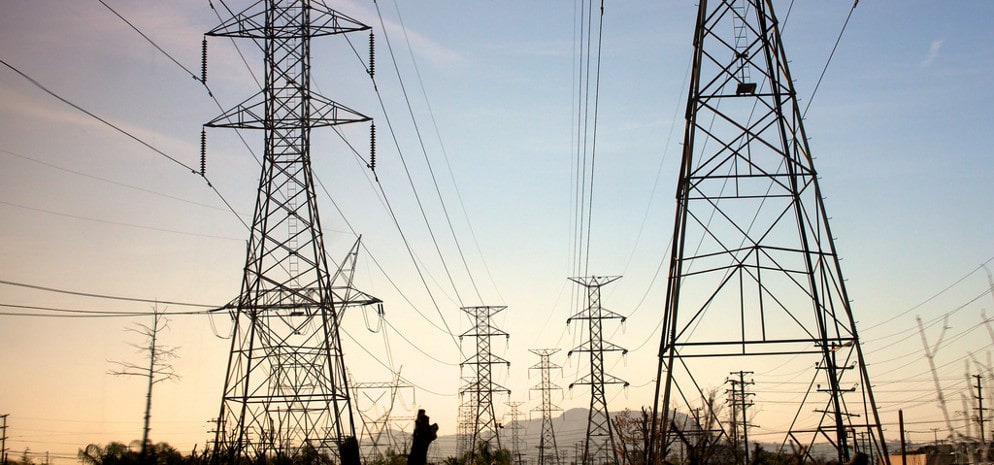The U.S. Department of Energy (DOE) seeks input on its draft roadmap “Transforming Interconnection,” which describes 34 approaches to “reliably achieve an energy transition on the U.S. transmission system by 2035.”
The Department has requested input through a formal request for information (RFI).
Feedback from “interconnection stakeholders,” the RFI says, will ensure that the final version of the roadmap provides a “comprehensive set of strategies” to improve the interconnection process.
DOE said that “within months” it expects to finalize the transmission roadmap and release a draft roadmap for improving interconnection on the distribution grid. Both roadmaps are being developed through a DOE stakeholder engagement process known as i2X.
DOE’s 92-page draft roadmap for improving utility-scale interconnection does not mention last year’s initial goals expressed in an i2X webinar to reduce both interconnection costs and timelines by 50% in five years.
Three national trade groups said last year that for large-scale renewables and storage, interconnection studies—a major source of interconnection delays—could be completed in “months instead of years.”
DOE’s draft roadmap states an expected timeline for implementing each of the 34 approaches, called “solutions,” ranging from short-term (1-2 years) to long-term (more than 5 years). Asked about the initial goals expressed last year, a DOE spokesperson said the draft roadmap “contains suggested metrics” and “DOE welcomes stakeholder feedback on the metrics” through the RFI process. The RFI does not state that request explicitly.
The roadmap says the solutions described “require multiple stakeholder actions,” and are intended to be “a collection of strategies” rather than a “rigid package of prescriptive fixes.”
“All stakeholder groups should participate” in implementing solutions, the roadmap says, as it outlines “specific actions” each stakeholder group can take to “contribute to a collaborative improvement process.”
The RFI says stakeholders include, but are not limited to, utilities, grid operators, grid reliability organizations, tribal governments and utilities, federal and state regulators, state and local governments, clean energy developers, energy justice groups, nonprofits and trade associations.
The roadmap contains some solutions that relate to the Federal Energy Regulatory Commission’s Order 2023 on interconnection, and introduces other ideas that support “longer-term interconnection process evolution.” That dual approach can facilitate “industry-wide discourse” that builds upon Order 2023, the roadmap says, and can “maintain usefulness” for transmission providers not subject to FERC jurisdiction.
The roadmap’s 32 solutions fall into four categories: increase data access and transparency; improve process and timing; promote economic efficiency; and maintain a reliable grid.
DOE’s RFI has eight substantive questions, and stakeholders are invited to respond to any or all of them. The deadline for RFI responses is November 22 at 5 p.m. Eastern time.
This content is protected by copyright and may not be reused. If you want to cooperate with us and would like to reuse some of our content, please contact: editors@pv-magazine.com.








By submitting this form you agree to pv magazine using your data for the purposes of publishing your comment.
Your personal data will only be disclosed or otherwise transmitted to third parties for the purposes of spam filtering or if this is necessary for technical maintenance of the website. Any other transfer to third parties will not take place unless this is justified on the basis of applicable data protection regulations or if pv magazine is legally obliged to do so.
You may revoke this consent at any time with effect for the future, in which case your personal data will be deleted immediately. Otherwise, your data will be deleted if pv magazine has processed your request or the purpose of data storage is fulfilled.
Further information on data privacy can be found in our Data Protection Policy.